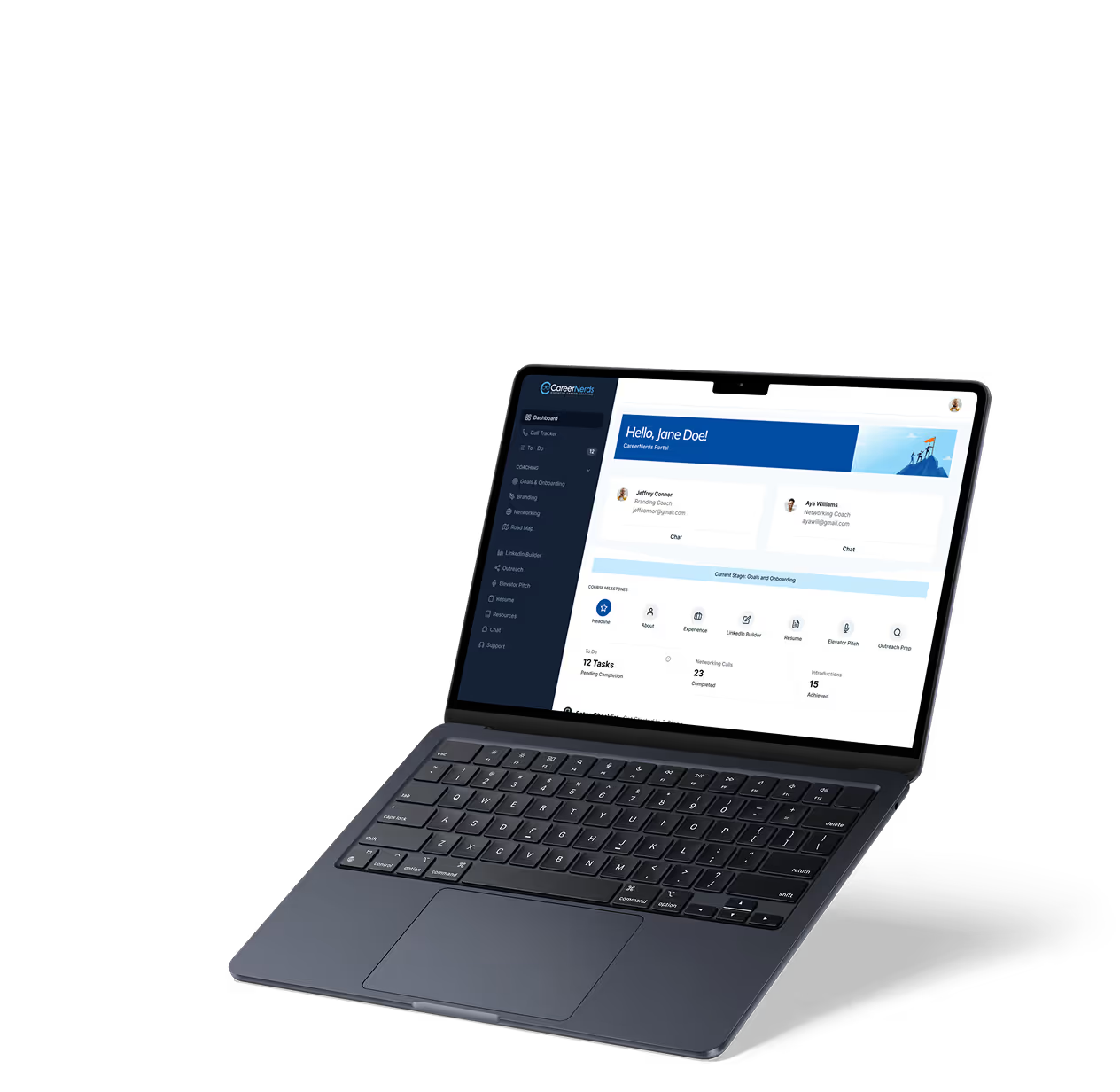Version Control
No-code/low-code
Learn what version control means in no-code, how Bubble, Webflow, and FlutterFlow use it, and why it is key for managing updates and collaboration.
When you build apps or websites with no-code platforms, you constantly make changes — adjusting layouts, testing workflows, or adding features. Without a way to manage these changes, you risk breaking your project or losing progress. This is where version control comes in.
Version control allows you to save, track, and manage different states of your project. Bubble offers development and live versions, Webflow supports staging and publishing, and FlutterFlow provides version history with rollbacks. In this guide, I will explain what version control is, why it matters, and how no-code platforms help you stay in control of your projects.
What is Version Control in No-code
Version control in no-code is the system that manages changes to your app or website over time. It allows you to save snapshots, compare updates, and roll back if something goes wrong.
Version control helps you:
- Track changes across different updates
- Roll back to a previous stable version
- Test features safely before release
- Collaborate with teammates without conflicts
- Maintain separate development and live versions
No-code platforms simplify this process with built-in tools instead of coding-based systems like Git.
Why Version Control Matters in No-code
Version control is critical for building reliable projects. Without it, a small mistake could break your app and be hard to fix. With version control, you can manage risks and move faster.
Key benefits include:
- Safety: Restore older versions if errors occur
- Collaboration: Multiple people can work without overwriting each other
- Testing: Safely test features before pushing them live
- Efficiency: Save time by avoiding rework
- Confidence: Know that mistakes are reversible
For teams and solo creators, version control makes projects more professional and dependable.
How Version Control Works in Bubble, Webflow, and FlutterFlow
Each no-code platform provides version control differently:
- Bubble: Offers development and live environments. You test updates in development and push them live once ready. Version control also lets you revert changes.
- Webflow: Provides staging sites and publishing options. You can preview, test, and publish while keeping past versions accessible.
- FlutterFlow: Supports version history, allowing you to roll back changes or restore earlier builds of your project.
These features make updates easier to manage and safer to deploy.
Examples of Version Control in Action
Here are practical scenarios where version control is vital:
- Bubble: Rolling back to a previous database workflow after a bug disrupts sign-ups
- Webflow: Restoring a past version of a website design after a layout issue
- FlutterFlow: Recovering an earlier mobile app build after a faulty UI update
- Automation Tools: Zapier and Make allow saving and duplicating workflows for safe testing
These examples show how version control prevents costly mistakes.
Version Control vs Deployment
Although related, version control and deployment are not the same:
- Version Control: Manages the history of changes. It tracks, saves, and restores project versions.
- Deployment: Publishes updates from development to live environments.
In short, version control ensures you always have a backup and record of progress, while deployment is the act of releasing changes.
When to Use Version Control in No-code
Version control should be used throughout the project lifecycle, not just at launch. Common use cases include:
- Before testing major new features
- After fixing bugs to secure a safe version
- When collaborating with a team on shared projects
- Before deploying changes to live mode
- During client reviews for design or feature updates
Regular use of version control ensures long-term stability.
Best Practices for Version Control
To get the most from version control, follow these practices:
- Save versions regularly during development
- Add clear labels or notes for each version
- Test features in development before pushing live
- Roll back quickly if errors appear in production
- Coordinate with teammates to avoid conflicts
These steps will keep your project safe and manageable.
Challenges of Version Control
Even with no-code, version control can have challenges:
- Limited history in free plans
- Confusion between live and development versions
- Rolling back may remove important new updates
- Lack of advanced features compared to coding systems like Git
- Coordination issues if teams don’t communicate well
Despite these challenges, version control is essential for smooth no-code development.
Conclusion
Version control in no-code ensures that your projects stay safe, organized, and ready for users. Whether you are using Bubble, Webflow, or FlutterFlow, version control gives you the ability to track, save, and roll back changes.
It reduces risks, improves collaboration, and saves time. Without version control, even small mistakes can cause big problems. With it, you can confidently update and grow your projects while keeping stability.
FAQs
What is version control in no-code?
How does Bubble use version control?
Does Webflow have version control?
Can FlutterFlow projects use version control?
What is the difference between version control and deployment?
What are the risks of poor version control?
Related Terms
See our numbers
315+
entrepreneurs and businesses trust LowCode Agency
Investing in custom business software pays off
he team at LowCode Agency didn't just build an app, they transformed how we approach client management. They took the time to understand our methodology and created a solution that enhanced rather than replaced what made us successful.
75%
reduction in time spent on client management through automation
40%
increase in coach productivity within the first month

Tom Kent
,
Founder & CEO
Career Nerds



%20(Custom).avif)